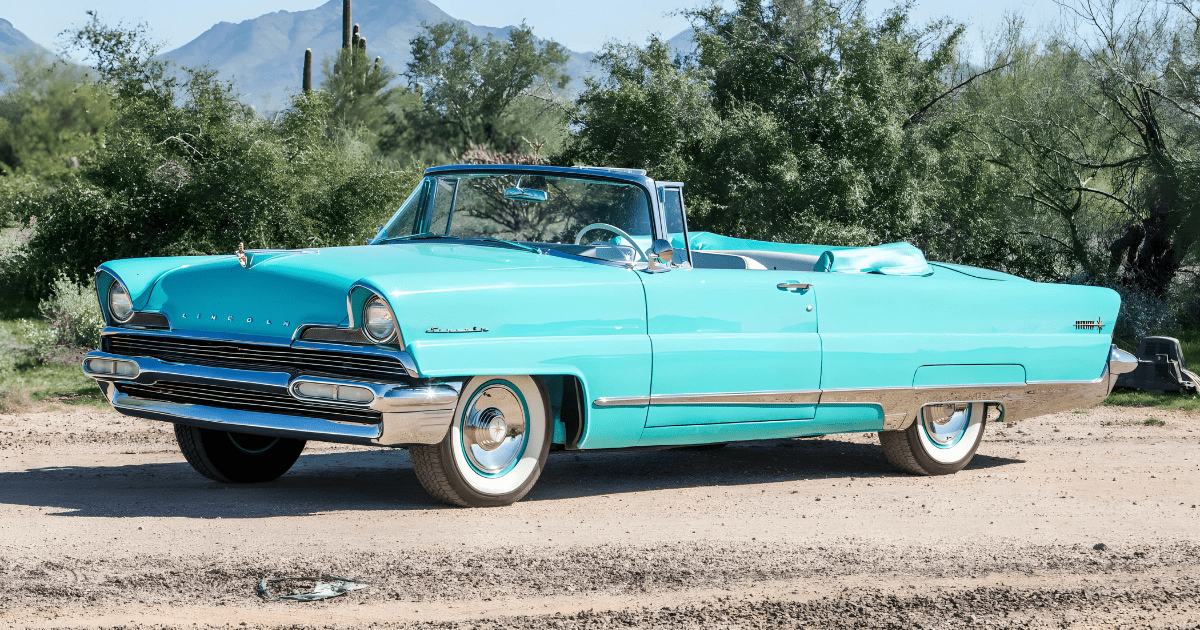
Established in 1917 by Henry Leland, the founder of Cadillac, Lincoln embarked on its automotive journey with a unique pedigree rooted in aeronautical engineering. In its nascent years, Lincoln made a significant contribution to the American WW1 efforts by manufacturing Liberty aircraft V12s, showcasing its prowess in advanced engineering and manufacturing.

It wasn’t until 1920 that Lincoln unveiled its first automobile, the Model L, marking its official entry into the automotive industry. The Model L made a bold statement with its powerful and advanced V8 engine, which featured innovative fork-and-blade connecting rods. This design not only demonstrated Lincoln’s aeronautical influence but also showcased its commitment to compact design without compromising on performance.

Despite the Model L’s innovative engineering and superior quality, Lincoln faced financial challenges in the early 1920s. In 1922, Henry Ford, prompted by his son Edsel, recognized the potential of Lincoln and acquired the company. Ford’s acquisition ensured the continuation of Lincoln’s legacy, with minimal changes made to the Model L until 1929.

The 1929 Model L marked the pinnacle of Lincoln’s pre-Ford engineering era and served as the culmination of this iconic model’s production. Adorned in a blend of nickel, wood, canvas, leather, and steel, the four-door Touring model epitomized luxury and sophistication. Its grand proportions, characterized by a sporty roofline and exquisite detailing, reflected Lincoln’s unwavering commitment to craftsmanship and elegance, setting a standard of excellence within the automotive industry.

With meticulous attention to design and engineering, the Model L captivated the imagination of automotive enthusiasts, leaving an indelible mark on the legacy of Lincoln. The 1929 Model L, with its meticulous attention to design and engineering, captivated the imagination of automotive enthusiasts and left an indelible mark on the legacy of Lincoln, solidifying its place as an icon of luxury and sophistication in automotive history.

Despite its age, the 1929 Model L remained a symbol of automotive excellence, revered for its timeless design and exceptional performance. Each element of the vehicle, from its meticulously crafted interior to its powerful engine, spoke to Lincoln’s dedication to quality and innovation, ensuring its enduring legacy in the annals of automotive history.

In conclusion, the 1929 Lincoln Model L represents a significant chapter in automotive history, blending advanced engineering with timeless elegance. As the last pre-Ford engineered Lincoln, it serves as a testament to Lincoln’s legacy and enduring commitment to excellence, leaving an indelible mark on the automotive landscape.




